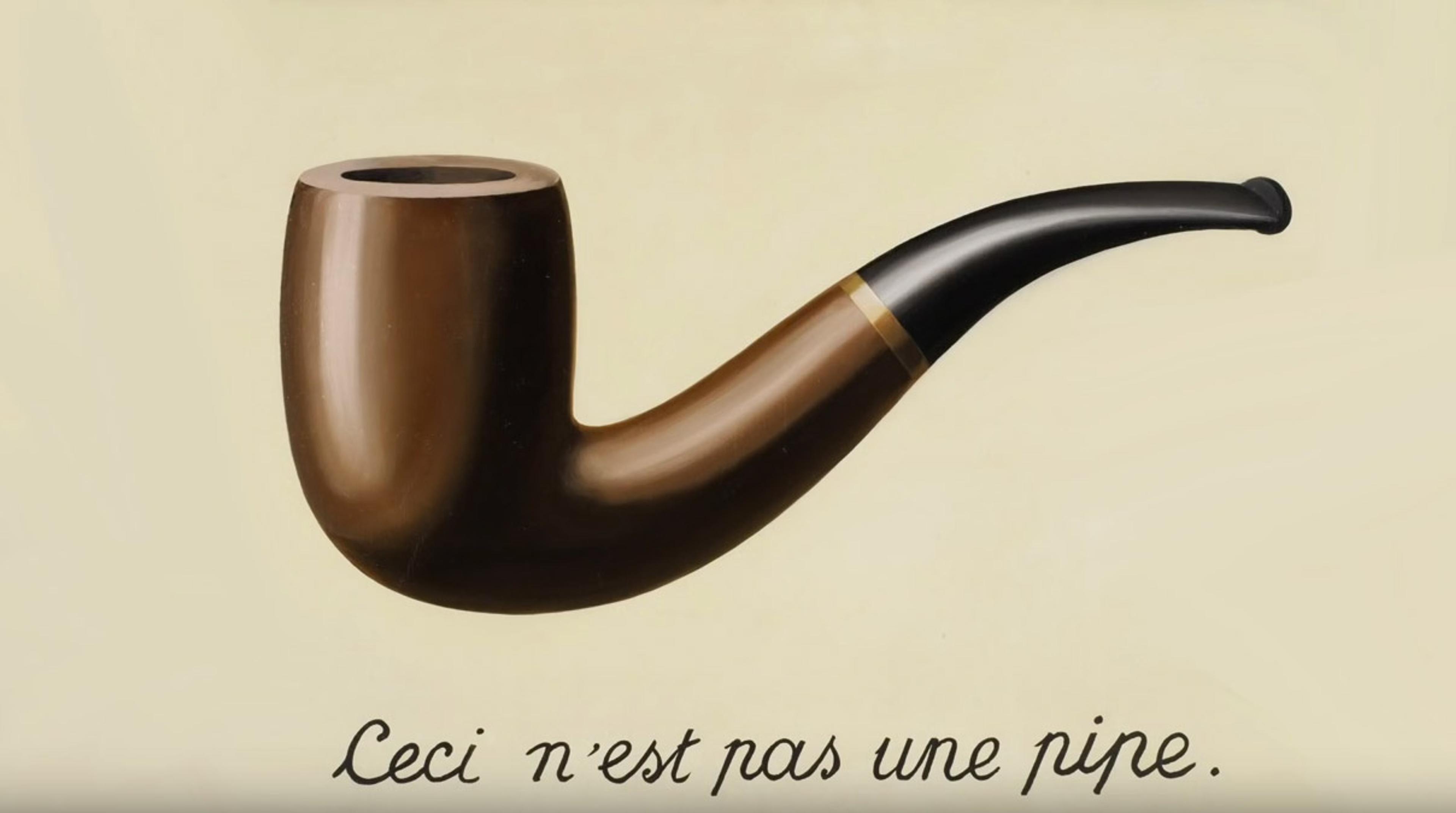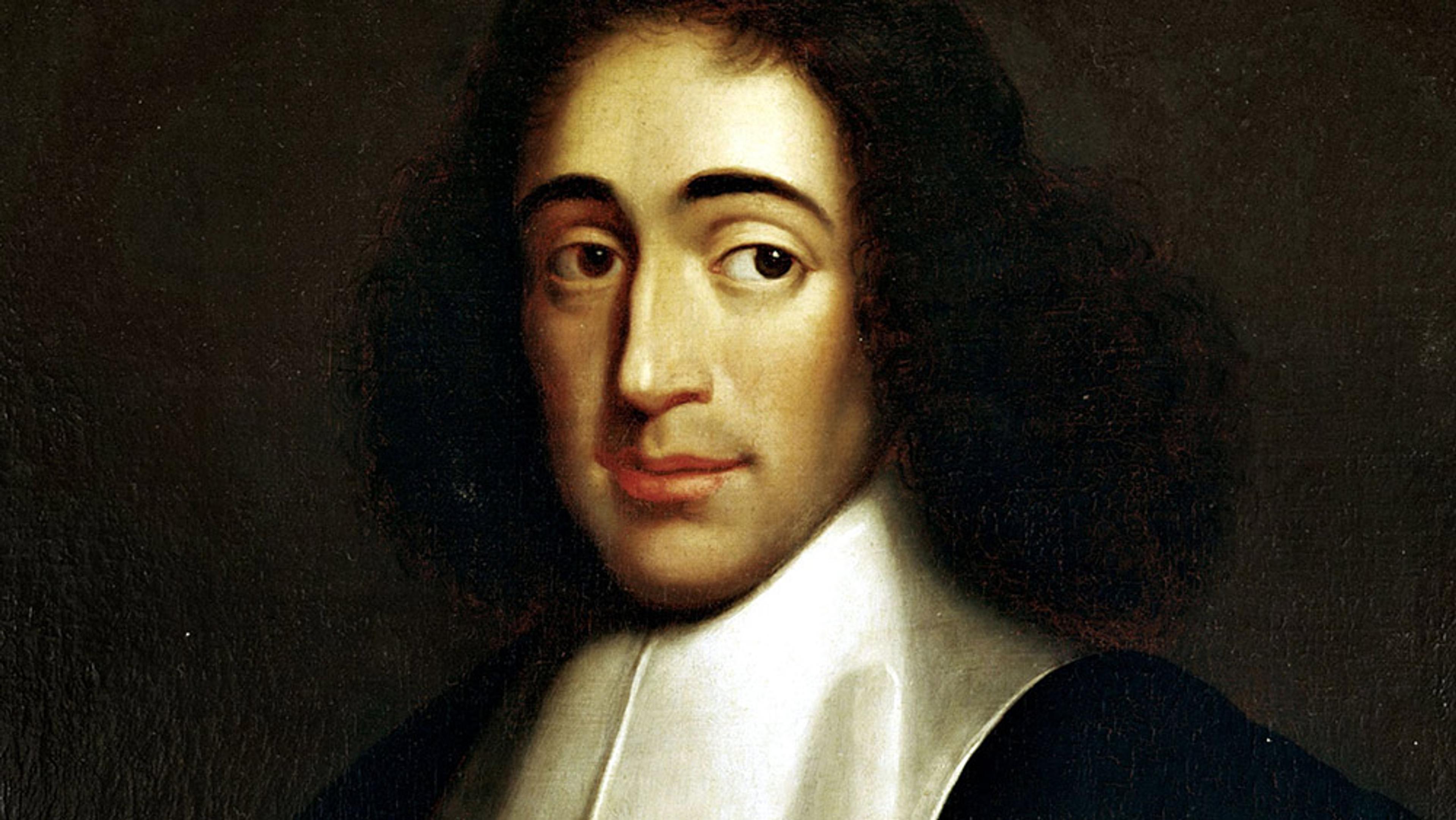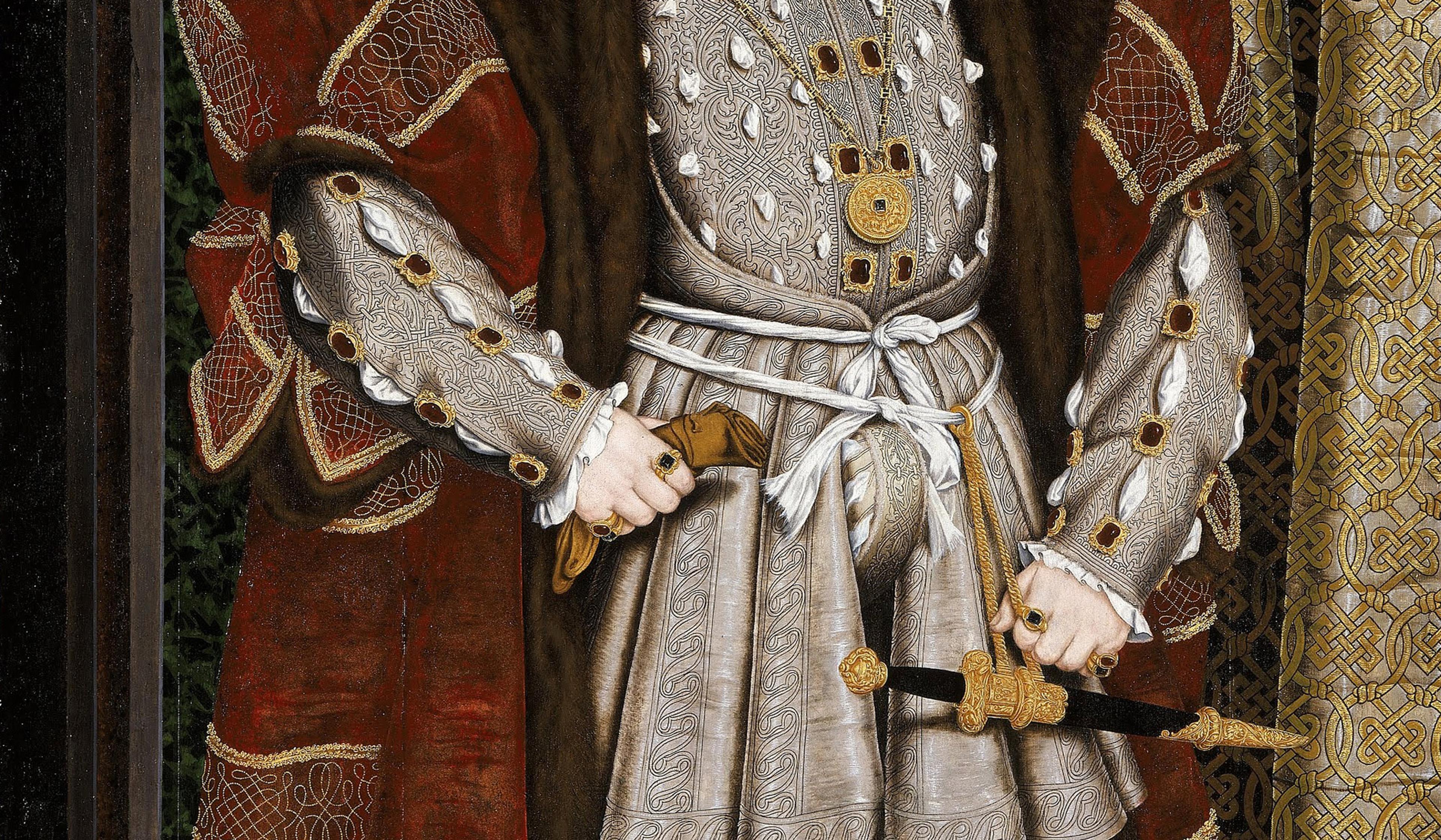The Dutch artist Hieronymus Bosch (c1450-1516) is one of the most notable painters of the early Renaissance, famed for his surreal and often grotesque depictions of a Christian hell. Given the multitude of strange images he produced – man-eating bird creatures; a massive set of ears with a knife between them, resembling a phallus – and the fact that modern art provocateurs including Salvador Dalí count him among their greatest influences, it would be easy to think that his work was somehow transgressive at its time. But, as the UK curator, gallerist and video essayist James Payne explores in this episode of his YouTube series Great Art Explained, it’s a mistake to think of Bosch’s paintings as anything other than Christian propaganda. Taking viewers on a deep dive into the historical context, symbolism and making of his triptych The Garden of Earthly Delights (1515), Payne explains how, for all its entertaining peculiarities when viewed today, the painting was intended as a moralising work with a deeply conservative message about sin, punishment and the dangers of ephemeral pleasures at its centre.
Grotesque imagery meets religious conservatism in Hieronymus Bosch’s art
Video by Great Art Explained
23 May 2022
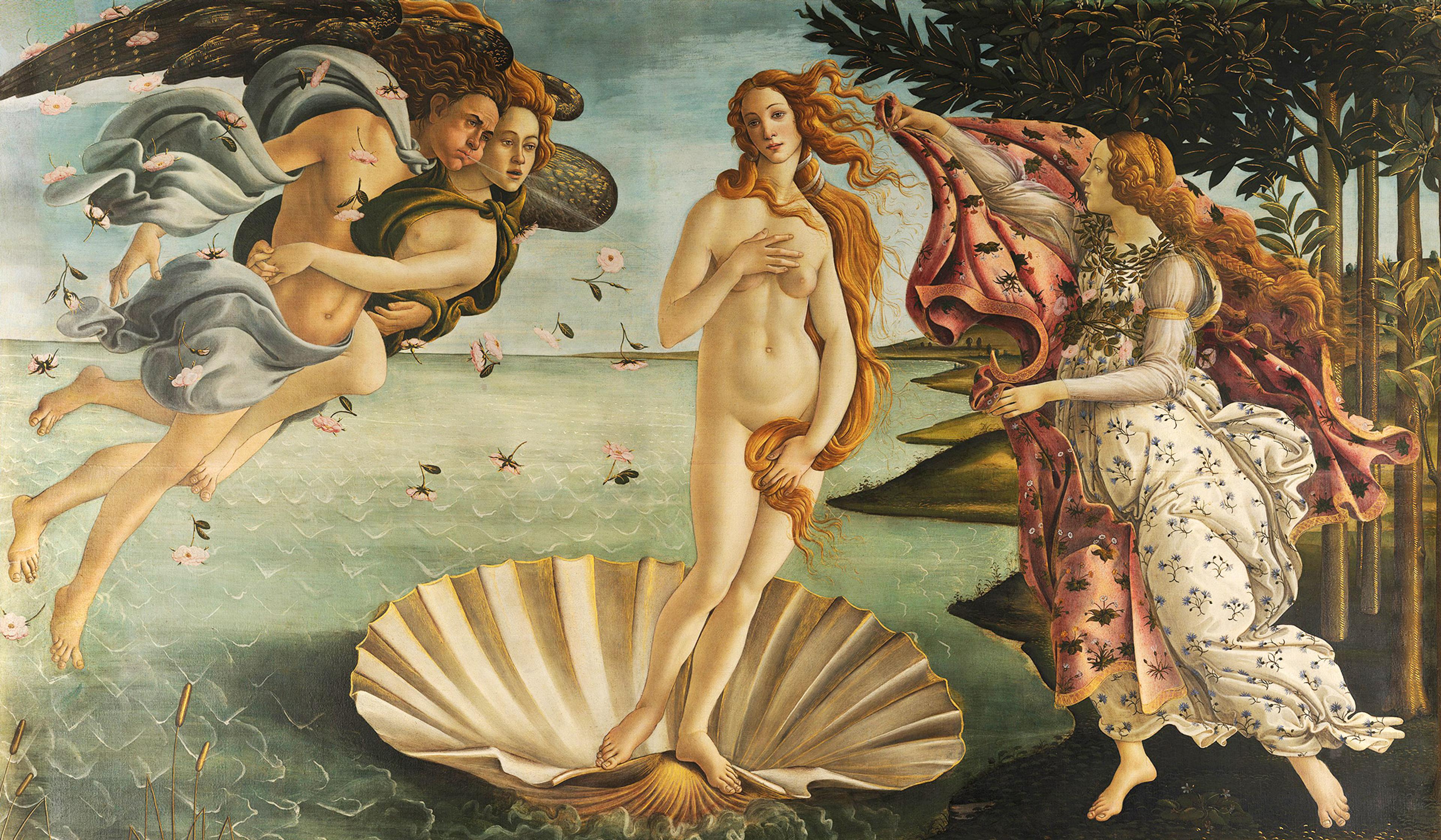
videoArt
More than breathtaking, ‘The Birth of Venus’ signalled an aesthetic revolution
19 minutes
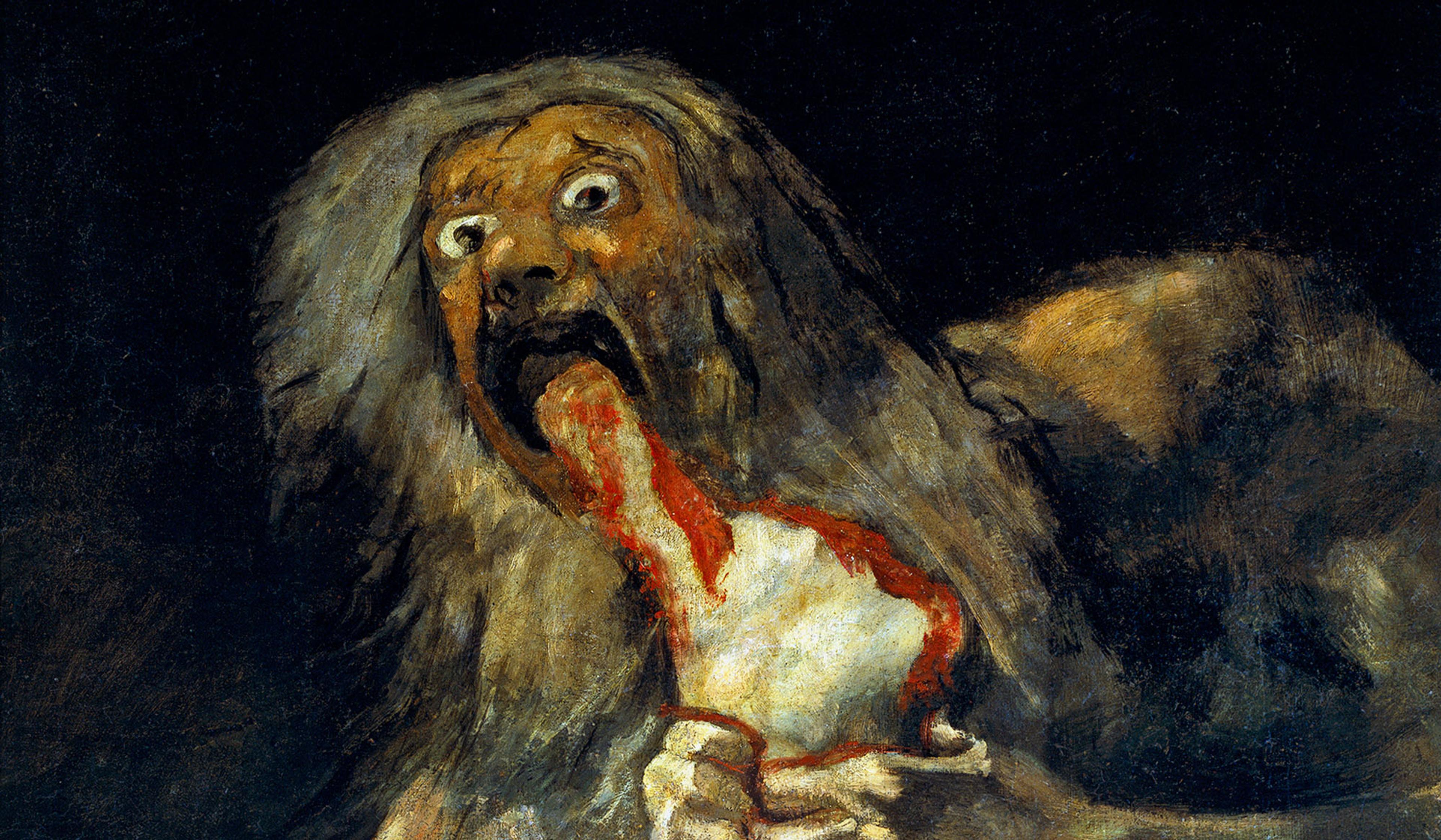
videoArt
Tracing Goya’s ‘dark’ journey from Spanish court painter to macabre visionary
51 minutes

videoArt
Why European artists shifted their focus from power to peasants in the 16th century
5 minutes

videoArt
Why Diego Velázquez needed a lifetime to paint his enigmatic masterpiece
31 minutes

videoHistory of ideas
How to read ‘The School of Athens’ – a triumph of Renaissance art
25 minutes

videoHistory of science
Insect aesthetics – long viewed as pests, in the 16th century bugs became beautiful
8 minutes
